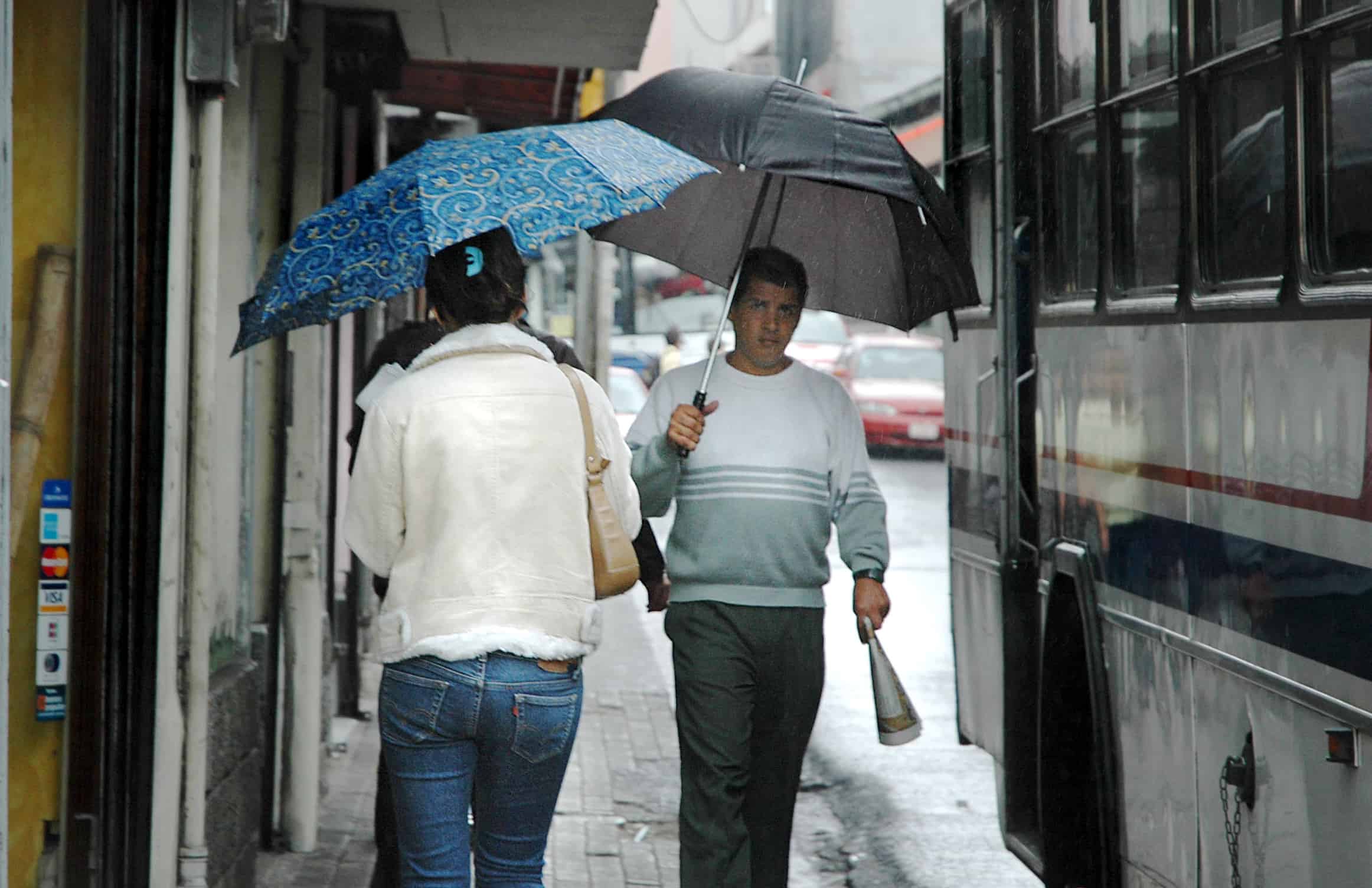May will end with a rainfall surplus that beat all forecasts. Precipitation levels so far this month are close to breaking 15 years of rainfall records, the National Meteorological Institute (IMN) reported Monday.
IMN meteorologist Juan Diego Naranjo said in a report on Monday morning that May 2017 has been the wettest since May 2002. It already passed rainfall levels from May 2008, the year Costa Rica faced increased downpours due to the influence here of Tropical Storm Alma.
Cartago and Guanacaste are the provinces with the highest precipitation levels this month. Both already surpassed records from 2002, the IMN reported, and San José is ready to break those records as well. The IMN on Monday reported a total of 450 millimeters for the month in the capital; total rainfall there in May 2008 was 496 millimeters.
Thunderstorms during the current rainy season also are approaching a record for lightning, with a total — as of Friday — of just over 338,000 occurrences, according to the IMN.
The National Emergency Commission (CNE) reported that, as of Monday, there are 70 people who have been evacuated to shelters in Tilarán in Guanacaste, and in Coronado, north of San José. The CNE issued a Yellow — Preventive — Alert for Tilarán last week following landslides in various areas caused by an increase in rains from tropical waves number five and six of the year.
The seventh tropical wave is to blame for the heavy showers over most of Costa Rica at the time of publication of this article. The wave will continue influencing rainfall patterns for a few more days, the IMN said. Heavy showers on Monday afternoon flooded various streets and caused problems for motorists and pedestrians in San José and Heredia.
Los Yoses #traficocr #lluvia
Foto: @IvoRodZam pic.twitter.com/pOvPOd0CQU— David Roverssi (@droverssi11) May 29, 2017
Forecast
The IMN report states that the tropical wave on Monday “brought strong nuclei of clouds mainly along the coastal areas of the Caribbean region and in the northern region,” and will increase morning showers in those areas. The mountainous areas of both regions, as well as the Pacific region and Central Valley, will also see heavy showers in the afternoons and evenings.
Naranjo said rainy conditions will gradually begin to subside in coming days, with scattered showers rather than baldazos.
“In approximately one week, showers will return to the normal patterns for the rainy season, with hot and cloudy mornings and short but intense showers in the afternoons,” he said.
The IMN expects an influence over the country of an El Niño weather phenomenon during the second half of the year.
“This will prompt a decrease in precipitation levels, primarily in the Central and Northern Pacific regions,” Naranjo said.







